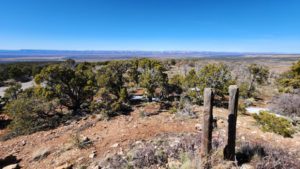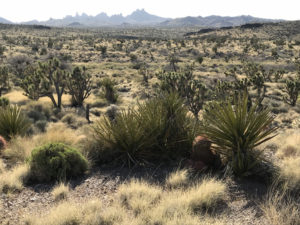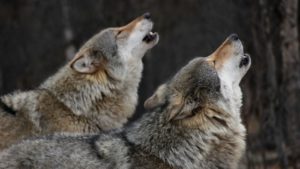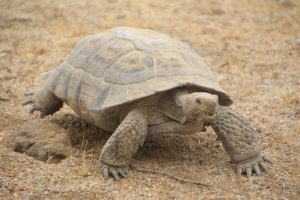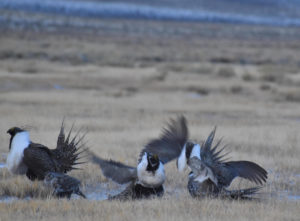For Immediate Release
November 30, 2018
Contact:
Jonathan Ratner, Western Watersheds Project, (307) 201-4133
Laura Welp, Western Watersheds Project, (435) 899-0204
KANAB, Utah — Western Watersheds Project and fourteen other environmental groups today submitted comments blasting a proposed new management plan for the reduced Grand Staircase-Escalante National Monument (GSENM) for prioritizing commercial livestock operations over the protection and preservation of sensitive desert canyons and fragile cultural and historic sites.
“The BLM wants to adopt a number of radical changes to the original management philosophy for the remaining monument lands,” said Laura Welp of Western Watersheds Project, a former BLM botanist at Grand Staircase – Escalante National Monument. “It directly contradicts many of the former plan’s innovations and is hostile to the intent of the original National Monument designation. The BLM hastily threw together a proposed management plan, one that actually reduces resource protections below that of typical, non-monument BLM lands.”
Established by presidential proclamation in 1996, the National Monument has been a target of Utah politicians ever since, including Trump supporter Senator Orrin Hatch. In December 2017, President Trump announced to the public that he was slashing the boundaries to “give back your voice over the use of this land”, at the same time ignoring the hundreds of thousands of public comments supporting the original boundaries and strong protections for the lands they encompassed.
“The plan BLM proposes to adopt demonstrates that it is not the appropriate agency to manage this spectacular place,” said Welp. “If the conservation promise of Grand Staircase – Escalante is ever to be fulfilled, management needs to be transferred to the National Park Service”
A Canadian company was the first to take advantage of the loosening of conservation protections, staking a mining claim within a part of the monument known for its solitude and spectacular vistas. Recent internal BLM documents show that the oil, gas, and mining industries had a seat at the table when the boundaries were redrawn.
The monument currently has a plan that prioritizes resource protection and science-based management over extractive industry. GSENM was almost halved by the president’s action, and the remaining acreage was split up into three fragments. Western Watersheds Project is one of eight conservation plaintiffs suing to overturn the gutting of the monument.
“We are standing up for the will of the American people, who should have a say in the management of their public lands even if they don’t own a mining company.” said Jonathan Ratner of WWP.
One of the most controversial decisions in the draft plan is the reintroduction of livestock grazing into the Escalante Canyons, a world-class hiking destination beloved by millions. Grazing has been absent from the Escalante Canyons for almost twenty years. A local county commissioner and rancher was paid to move his cattle operation elsewhere in the monument so the sensitive riparian zones of the canyon could be restored. Since then, over a million dollars have been spent to rehabilitate native plants and wildlife along the river with the expectation that the canyon would remain free of livestock impacts.
“People have poured time and money, along with their hearts and souls, into restoring these canyons,” said Ratner. “They are devastated by this decision to reverse decades of conservation progress.”
Another little-known change under the new plan impacts the monument’s neighbor, Glen Canyon National Recreation Area. Although it’s a National Park Service unit, GSENM manages the grazing, so this topic was addressed in the new plan. Management direction now applies the BLM’s less restrictive policies to the National Park Service lands and gives short shrift to the resource protections mandated by NPS direction.
According to Ratner, “These NPS lands are already experiencing resource damage from trespass livestock use. The BLM wants to codify that mismanagement in this plan”.
In the 22 years since the monument was established, local residents have warmed to the monument. “In Kanab, people realize how good it is for the local economy, and they are proud of their monument,” said Welp, who lives in Kanab.
###

